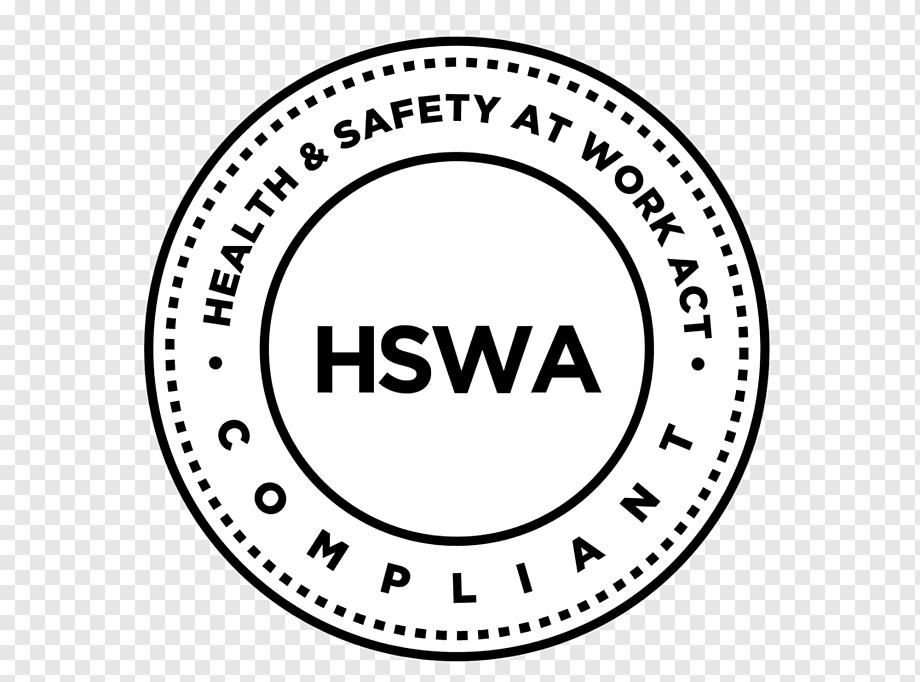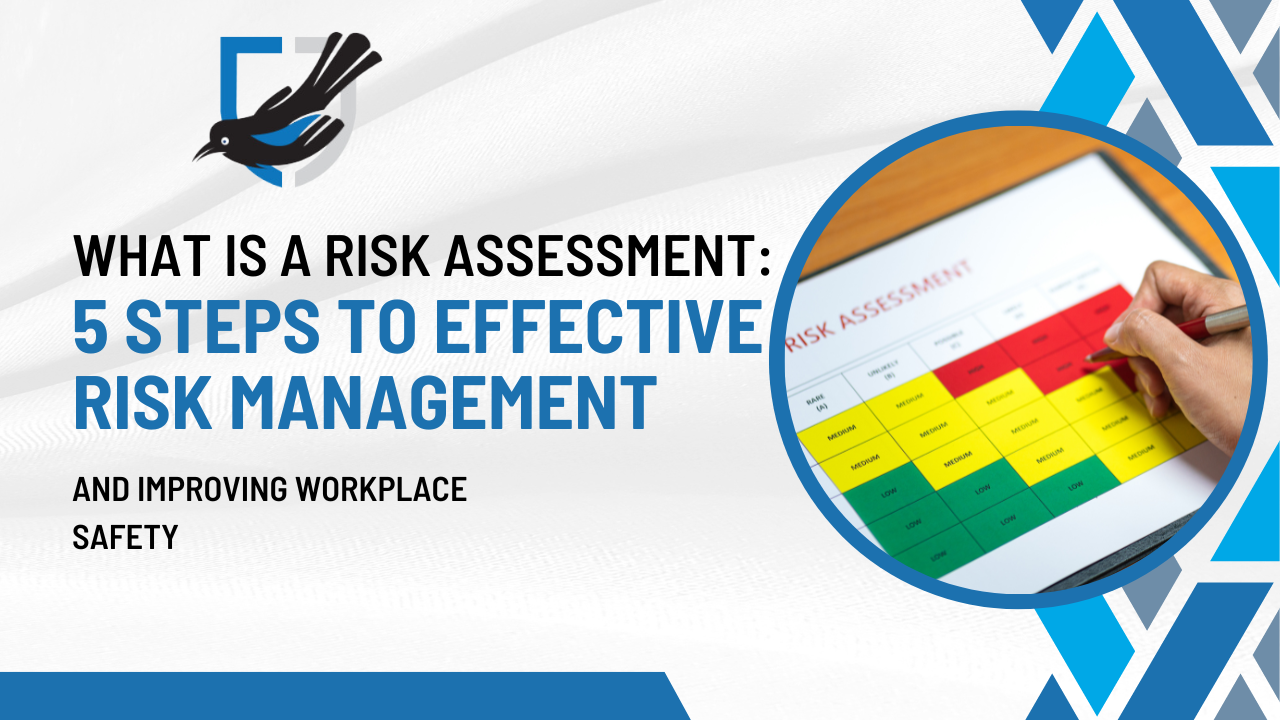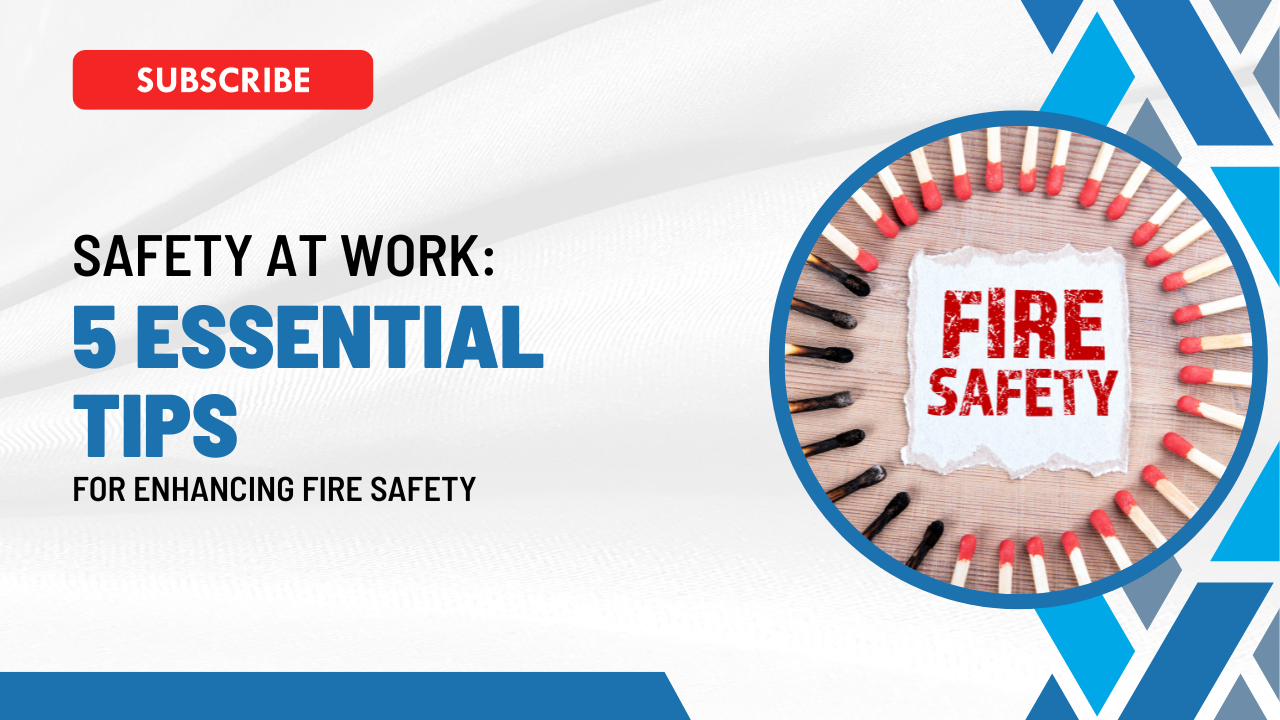When temperature becomes to horrific too work in
Working in uncomfortable temperatures can affect the health of workers
As of the publishing of this post the UK is having a heatwave that could see record-breaking temperatures. The heatwave has/will affect the country in a multitude of ways including within the workplace. Although there are no requirements for what is considered to be the maximum temperature to work; there are many ways in which an employer can make sure their workers are comfortable at work despite the heat. This will help make sure that worker welfare is kept to a high standard.
How do you deal with high temperatures in the workplace?...
There are six basic factors in which temperature can be affected. Also known as thermal comfort; these include the following four environmental factors...
- air temperature - temperature surrounding the body
- radiant temperature - temperature radiated from an object
- air velocity - speed of the air
- humidity - the amount of water evaporated from the heat
The other two factors are personal factors which include...
- clothing insulations - the amount of clothing/PPE someone is wearing can affect body temperature.
- metabolic heat (work rate) - the amount of heat produced through physical activity.
Going through each of these factors and adapting them within the workplace can help maintain a comfortable working environment. In some scenarios, it may be difficult to control or change some of the factors. Some occupations may need specific clothing/PPE that can't be changed no matter the temperature. Some occupations such as that in kitchens or factories may struggle to keep radiant temperatures down. Anywhere that doesn't have aircon may also find themselves struggling to deal with some of the environmental factors which aircon can help manage or even eliminate.
How can high temperatures affect a worker?
The two main ways in which temperature can affect a worker can be through dehydration and heat stress. Making sure the adequate facilties are there to keep workers hydrated is a necessity of worker welfare, especially when working in high temperatures. A worker can easily get dehydrated through sweating. This can lead to loss of function, disorientation and even possible fainting/collapsing. Thirst is not always the first sign of dehydration. Heat stress can also have some similar symptoms but can also include heat stroke and muscle cramps. If any of the symptoms mentioned look to be present in a worker or look like they are about to happen. Intervene, either sit them down or take them away from the environment they are in and provide them with water or any other hydrating liquid.
Now onto working in cold temperatures. Unlike with hot temperatures where there is no limit required to be able to work. There is a limit for cold temperatures. The limit provided is 16 degrees Celsius although for more physical occupations it 13 degrees Celcius however despite there being a proposed limit it does not have to be enforced. It's up to the employer to decide whether work can be ceased or not if the temperature falls below the proposed limit. Employers may continue under the limit if the temperature is believed to be a 'reasonable' level to continue in.
Like with the hot temperatures. The six basic factors of temperature or thermal comfort can be used to help control the way temperature can effect a worker. Whereas something like aircon can help manage many of the heat issues in high temperatures, adequate heating sources can help with cold temperatures. Cold stress can be caused by working in cold temperatures. Symptoms of this include aches, numbness and changes in skin colour. This can be seen more with outside jobs where working in temperatures below the limit are more common and 'reasonanble'. Like with heat stress; if any symptoms are present or may look like they're about to occur then it's best to intervene and take the worker away from the current environment they are in.
Hopefully that helps clear up the basics of dealing with temperature in the work place. As of the posting of this. Take care in the heat and look out for others who may struggle more because of it.











